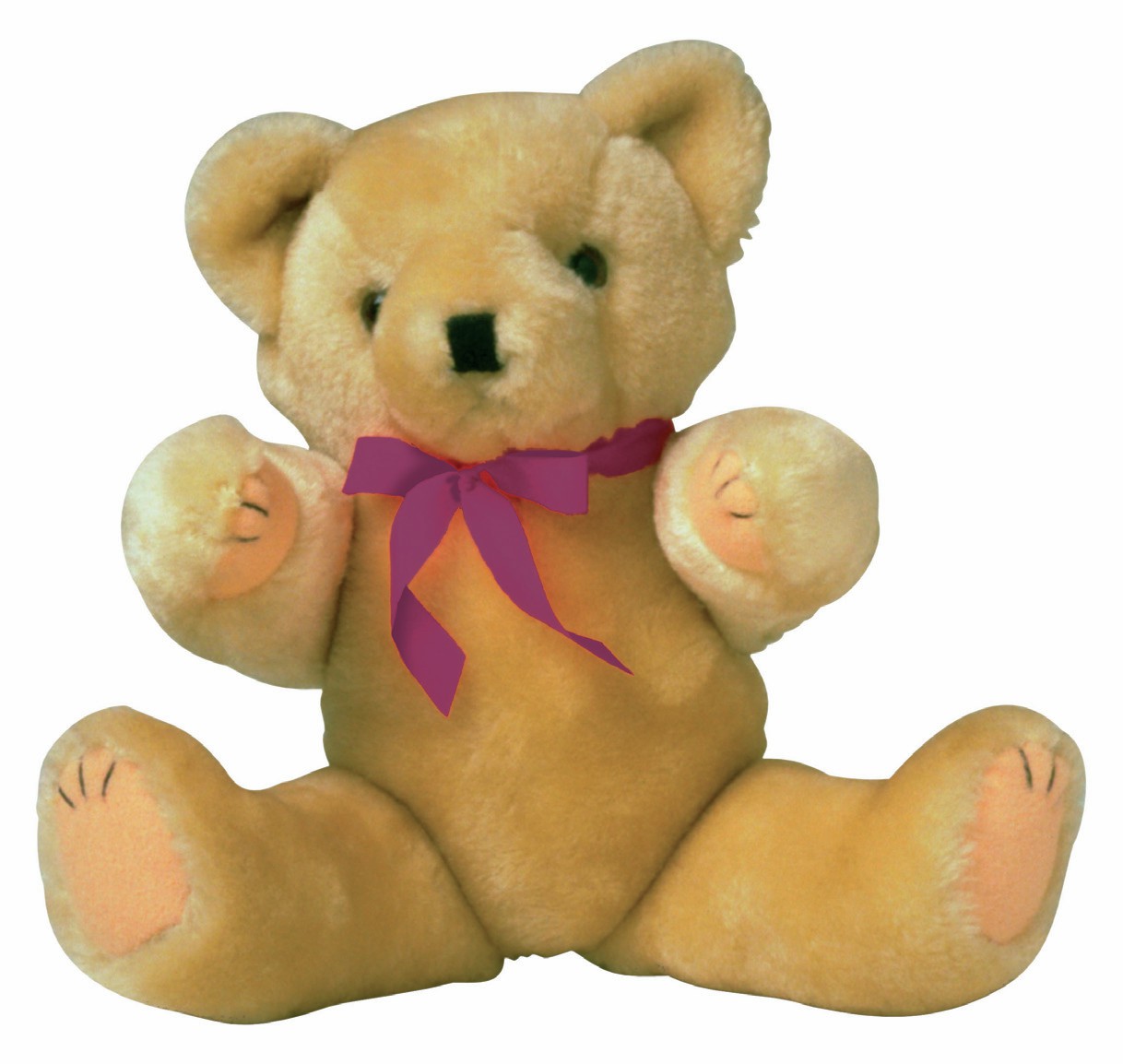
Ian Stuart-Hamilton assesses the contribution of John Bowlby’s lifetime work studying attachment. The article follows a historical perspective, showing us the significant impact of Bowlby’s attachment theory on the way that people have cared for and raised their children across generations. It also shows us how well Bowlby’s theory of attachment has stood the test of time, despite fierce criticisms from competing theories on the nature, formation and development of attachments, including the impact of separation and loss. Finally, the article evaluates the relative strengths and weaknesses of Bowlby’s theory, suggesting that most of his theory and research would have evolved even without his work, because of the need for affection — controversially stripped away by the behaviourists — to be reinstated into a child’s early years.
1 Make a list of all the people in your life with whom you have an attachment (i.e. an emotional tie). Alongside each name, write a word that captures what this attachment means to you personally and then think about why you have the attachment with this person. You can copy and extend Table 1, which contains an example to get you started.
Your organisation does not have access to this article.
Sign up today to give your students the edge they need to achieve their best grades with subject expertise
Subscribe




